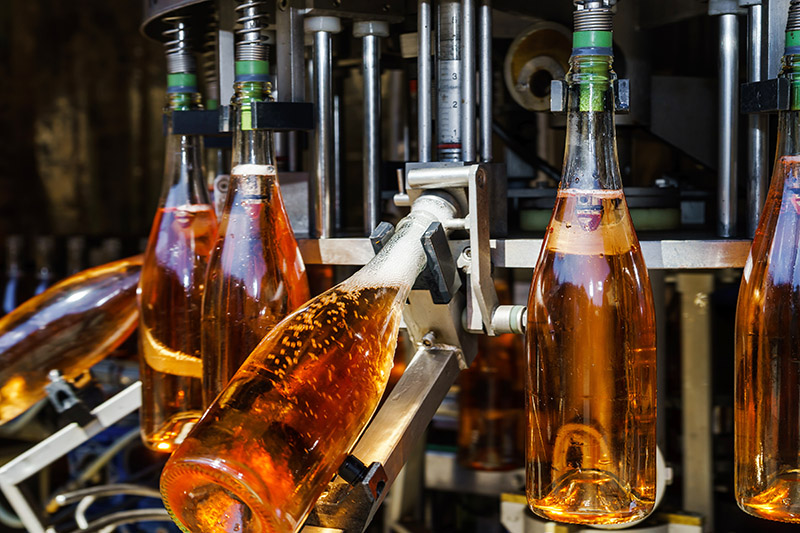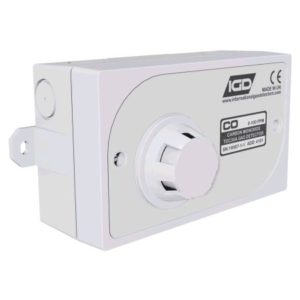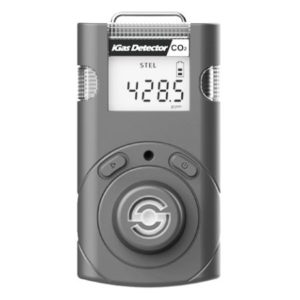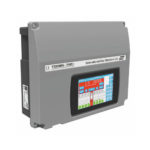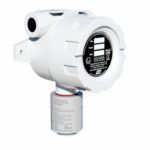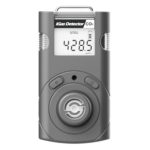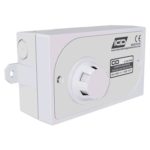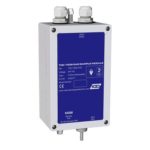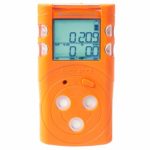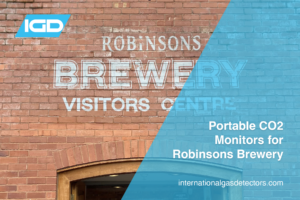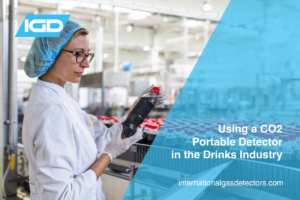Gas hazards are present throughout many different parts of the drinks industry: from the carbon dioxide used for the carbonation of soft drinks to the range of dangerous gases that can be produced during fermentation and distillation of alcoholic drinks. Whether these gases are essential processing aids or unwanted byproducts, accurately monitoring them using gas detectors is an essential part of identifying hazards and ensuring the wellbeing of personnel in the drinks industry.
Gases in the drinks industry can be broadly categorized as either processing aids, which have technical effects during processing or storage; byproducts, unwanted gases that are unavoidably produced during the production of a drink; or additives. Between them, these gases present risks of toxicity, flammability and asphyxiation.

